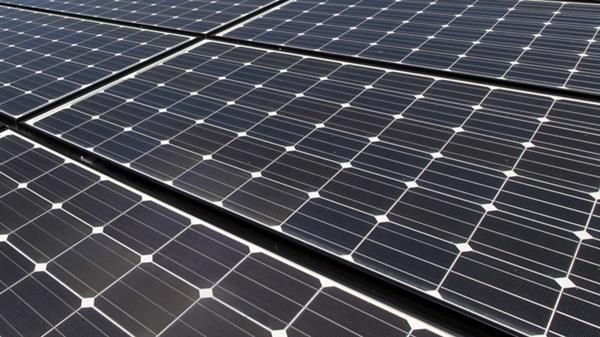 |
In recent years, people have never stopped researching new battery technologies. In addition to the traditional lithium batteries used in mobile phones, tablet computers and other digital devices, we have also seen a lot of solar cells, such as Tesla's newest ones. PowerWall home battery system and so on.
We often complain about poor battery life because lithium-ion batteries can't keep up with the growth in smartphone screen size and performance. Few flagship phones can consistently use more than one day. The new battery technologies have not yet reached the commercial stage because they are very cumbersome to manufacture. However, this status quo will have to be changed.
Weifeng network on August 5 news, recently, a research and development team from Australia successfully developed a thin paper-like solar panels. According to R&D personnel, the solar panels can be directly printed out using 3D printing technology and have super power supply capabilities. Adhering to the exterior of buildings can provide energy for a whole skyscraper. Does it feel a little exaggerated? After reading the conclusions.
It is understood that this ultra-thin solar panel is somewhat different from the new battery products we have seen before. It does not require a very tedious manufacturing process. It can be successfully built using a 3D printer and can be used on roofs and walls. In addition to the convenience of the glass and other house parts, it can also achieve the effect of energy saving.

According to R&D staff, after the team's efforts, they have succeeded in reducing the size of the solar battery cells to the size of coins, that is, in addition to large buildings, consumer homes, and other fields, such solar panels can also rely on The compact size enters the field of digital products, charging smartphones, tablet computers, and laptops, which require very high battery life.
Note that charging is not limited to the application of solar panels to mobile power products. It is also possible to attach the panels to the back of the above devices for real-time charging. However, the conversion rate of solar energy into electrical energy is a problem that must be considered.
In terms of manufacturing process, the R&D team mainly uses a 3D printer with a solar ink production method to print a 10-meter-long solar battery in one minute. Compared with traditional solar panel manufacturing methods, such solar panel manufacturing methods have the characteristics of low cost, high efficiency, and ease of use.
The person in charge of the project said that the emergence of solar panels can reduce the dependence of developed countries on traditional electricity, such as hydropower, and for some remote mountainous people, such a source of electricity would be a boon. The R&D team stated that they will continue to optimize and improve the solar panel and strive to bring it to market within a few years.
Guangdong Jishengke Industrial Co., Ltd. , https://www.suronart.com